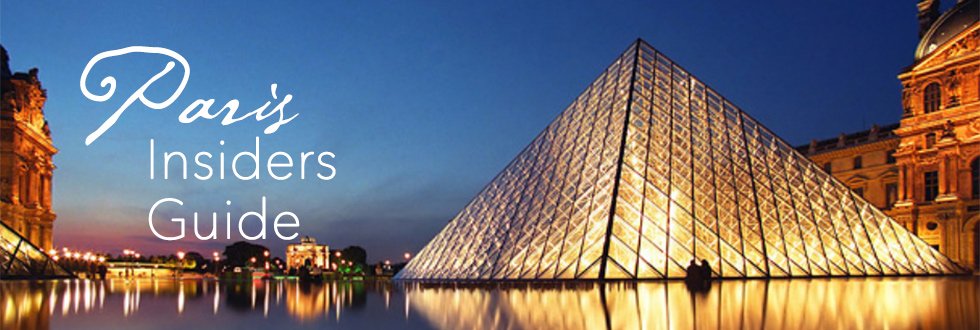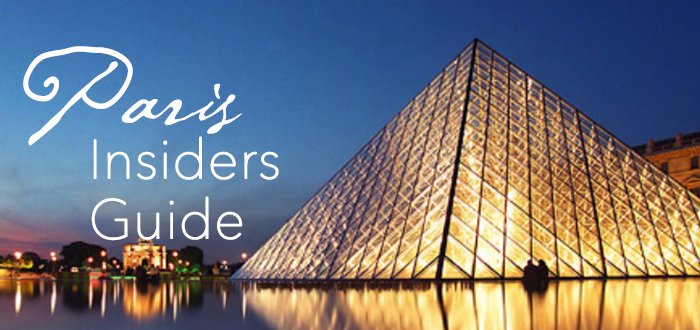The History Of The Louvre – Fortress, Palace & Museum
The History Of The Louvre – Fortress, Palace & Museum<
This is the story of how a 12th-Century fortress became the world's most loved art museum. Along the way we'll learn that the best way become an adored cultural icon (apparently) is by starting life as a military establishment, and we'll see how the egotism of France's first emperor ended up enriching our cultural experience today.
![]()
Our Top-Rated Museum Tours in Paris
1. Louvre 2-Hour VIP Tour… This small-group option is the best experience
2. 3-Hour Louvre Semi-Private Tour… Feel like a VIP on a small group tour
3. Musée d'Orsay Impressionist Tour… The top-rated museum tour in Paris
4. The Paris Museum Pass… Free entry to over 60 museums and monuments
Post-Roman Lutetia
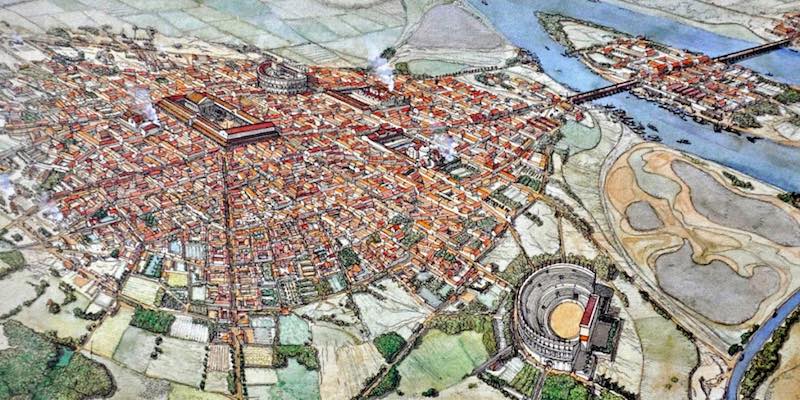 The Roman town of Lutetia
The Roman town of Lutetia
As the Roman trading center called Lutetia (illustrated) transformed into the city of Paris and became the medieval capital of France, the city began changing. In the 12th century, French king Philippe Auguste (r. 1180 to 1223) built walls around his expanding capital, at that time the largest city in Europe with a population of about 110,000.
Philippe's royal residence was located on IÎle de la Cité, where today we find The Conciergerie, but in 1190 a fortress was built on the Right Bank of the Seine to guard the waterway and to help protect the city and the center of government. It became known as the "Louvre". (Why it is called that is the subject of long-lasting and ongoing French linguistic debate.)
It may be interesting to note that Philippe's wasn't the first defensive structure built on the Seine. Barriers had been built along the river banks in the 8th and 9th centuries to help stave off Viking invasions. Those barriers are likely what gave Rue des Barres, in the Marais, its name. (In fact, it's likely that Philippe' fortress wasn't the first one on the Louvre site — but it's the one we have the most clear remains of.)
![]()
Romantic Dinner Cruises In Paris
|
VIP Dinner Cruise with Bateaux Parisiens |
Dinner Cruise by Maxim's of Paris |
|
VIP Dinner Cruise with Bateaux Parisiens |
A Medieval Fortress
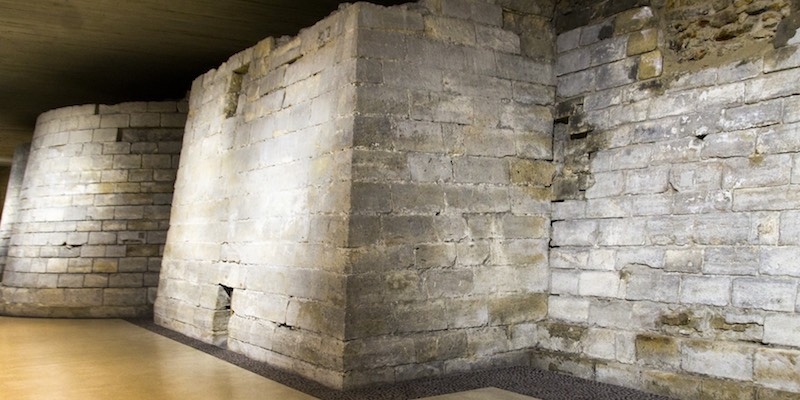 Louvre medieval foundations, photo by Mark Craft
Louvre medieval foundations, photo by Mark Craft
The Louvre fortress occupied the southwest quarter of the current Cour Carrée, the courtyard in the eastern part of the Louvre. It was roughly square-shaped, surrounded by a moat, and covered about 18,500 square feet (1,700 sq m). Parts of the original foundations can still be seen at the Louvre today. (Photo above.) In the center of it all was the Grand Tower. At 30 metres high it was the ultimate defensive structure in Paris.
One of its main functions was to defend the downstream part of the Seine, the traditional route used by invaders since the time of the Vikings five hundred years earlier. In 1317 the Royal Treasury was moved to the Louvre.
A Royal Residence
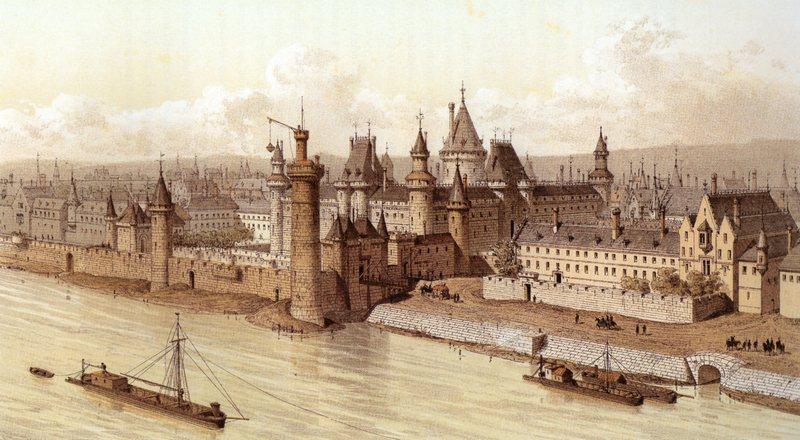 The Louvre during the reign of Charles V
The Louvre during the reign of Charles V
By the mid-14th century Paris had expanded far beyond Philippe Auguste's walls. With the construction of new walls farther out, the Louvre no longer was needed for defense and, in about 1365, Charles V moved the royal residence from the IÎle de la Cité to the Louvre, transforming it to suit its new regal purpose, with ornate rooftops, carved windows, spiral staircases, and a grand garden at the north end.
![]()
Two Of The Most Popular Paris Experiences
|
VIP Dinner Cruise with Bateaux Parisiens |
Versailles with Priority Access + Gardens |
The Most Popular Paris Experience
|
VIP Dinner Cruise with Bateaux Parisiens |
Francis I – The Great Builder
 The Great Builder himself
The Great Builder himself
Francis I ruled France from 1515 to 1547 and spent much of his time transforming Paris into the foremost capital city of Europe. It was Francis who built the first city hall for Paris, Hotel de Ville. In 1546 he began the transformation of the Louvre fortress into a luxurious residence. The Louvre was, by this time, the true seat of French government.
No longer needed for defense, the Grand Tower was demolished, allowing more light into the building. The western part of the medieval walls were replaced by a wing in the then-current Renaissance style. Francis I began collecting the art that would become the basis of the Louvre Art Museum, including da Vinci's Mona Lisa.
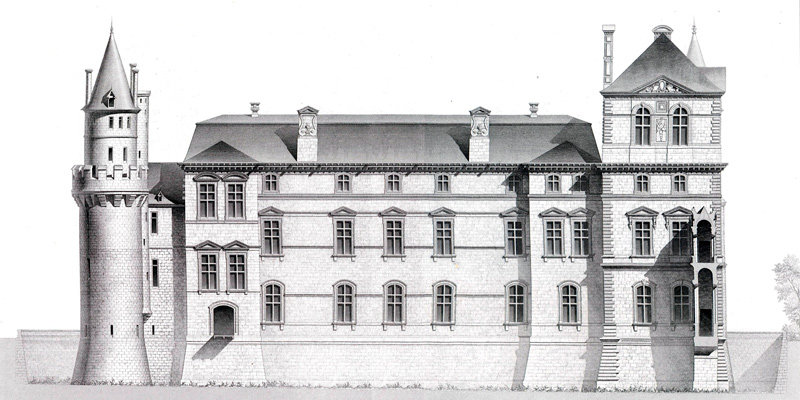 The Lescot Wing of the Louvre in 1576
The Lescot Wing of the Louvre in 1576
The work was continued under the reigns of Charles IX (1560 to 1574) and Henry II (1574 to 1589). In that period the southern part of the enclosure of the original Louvre was also demolished to make way to for another Renaissance extension, called the Lescot Wing after the architect of the 1576 work (illustration).
![]()
Our Most Popular Day Trips from Paris
|
Spend a Day in the Champagne Region |
Visit the Historic D-Day Beaches |
|
Visit the Historic D-Day Beaches |
History of the Louvre Continued
- COMING UP IN PART 2 — we discover how the former fortress was transformed into a true regal palace and then into a palace for the arts.
Paris Planning Guides
 Latin Quarter Hotels
Latin Quarter Hotels |
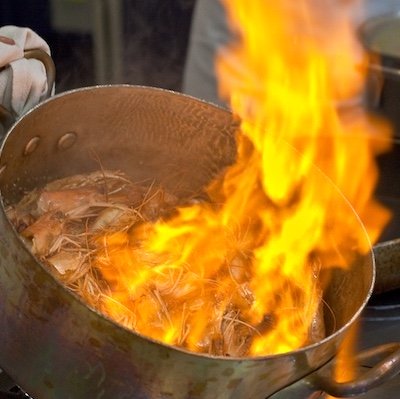 Top 10 Food Tours
Top 10 Food Tours |
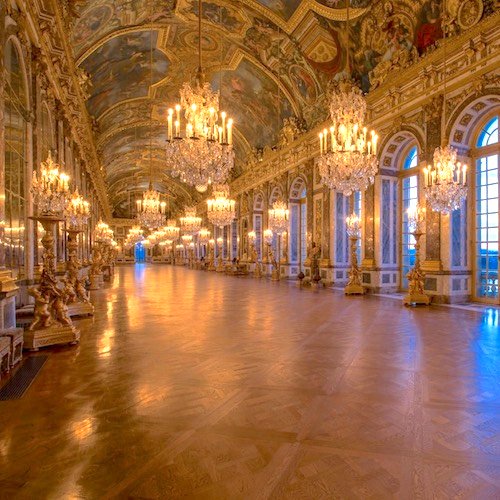 Visiting Versailles
Visiting Versailles |
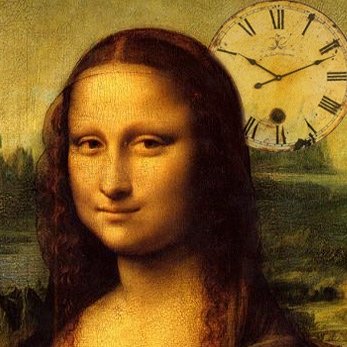 Skip the Museum Lines
Skip the Museum Lines |
